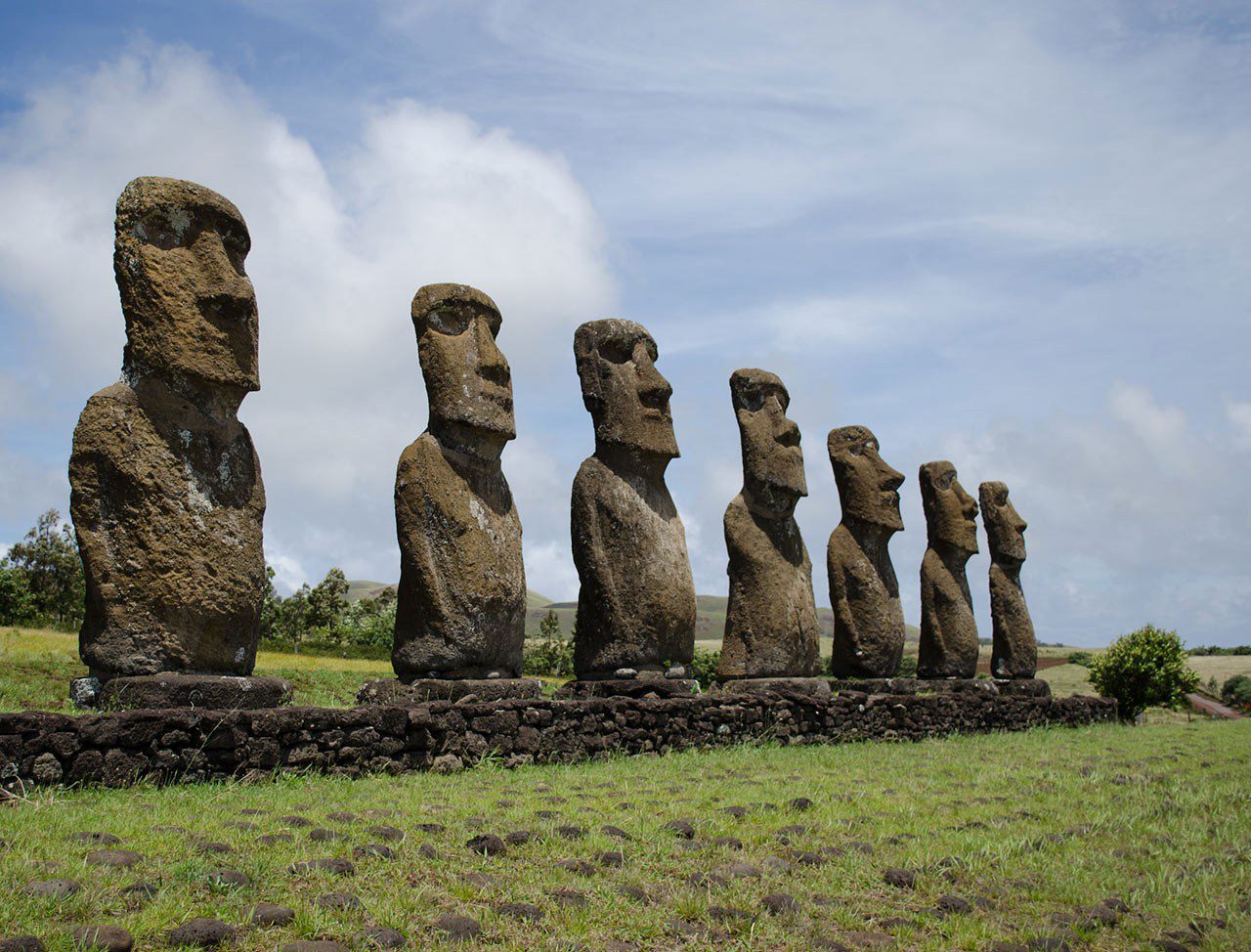Patagonia’s Marble Caves | image credits: Javier Vieras via Flickr
General Advise
The best time to visit Chile is generally December to March. These are the summer months of Chile, when the weather is dry and warm.
If visiting the southern part of Chile, summer is when you will find the best weather, as other parts of the year can be very cold and snowy. Even during the summer, parts of Patagonia can be cold and wet. Additionally, as the seasons are reversed in the southern hemisphere, this allows visitors to escape the chilly winter in the US.
Chile is a relatively safe country, much more so than other parts of Latin America. In general, crime rates are low, but visitors should exercise normal precaution with their valuables, particularly in parts of Santiago.
When packing for your trip to Chile, remember that the diverse country has many different climates. From the northern deserts to icy Patagonia in the south and tropical Eastern Island, make sure to pack for the various climates you will encounter.
Getting There & Getting Around
When it comes to getting around the country, keep in mind that while only 200 miles wide, Chile stretches more than 2,600 miles from North to South, so getting around can be tricky.
The best way to cover this distance, if you want to see the various highlights of the country in a short amount of time, is to fly between the country’s various airports. For shorter distances, it is easy to catch buses between cities and towns, and boats and ferries to reach the islands of Patagonia.
Santiago has a large international airport, the Municipal de Vitacura Airport (SCL), with connections to the United States, Europe, South America, New Zealand, and across Chile. There are also international airports in the cities on La Serena, Puerto Montt, Concepcion, and other cities, but these serve mostly domestic destinations.
Attractions & Activities
Hike Patagonia
The legendary Patagonia region covers the southernmost parts of Chile and Argentina, famous for its wild, untamed peaks and stunning glaciers.
On the Chilean side, head to Torres del Paine National Park for amazing hikes past jagged snowy peaks, icy glaciers, and jade-green glacial lakes.
You can stay in the charming village of El Chaten, a gateway to many hiking trails through this stunning scenery, such as to the Laguna de los Tres viewpoint and Laguna Capri.

Discover the Delights of Santiago
The capital city of Chile is home to around one third of all Chileans, and is a bustling, thriving metropolis.
Here you will find shops, restaurants and bars galore. Head to the area around the Universidad de Chile to wander countless second-hand book shops. Go to Plaza de Armas to watch the street performers and crowds of people passing by.
You can also visit one of the city’s excellent museums including the Museum of Pre-Columbine Art, the Museo de Bellas Artes, the Visual Art Museum and the Museum of the Memorial to Human Rights, which covers the 1973 coup d’etat and has some inspiration exhibitions about how Chileans fought and ultimately vanquished the oppressive Pinochet regime.

Visit the Deserts of the North
The northern part of Chile is very dry, receiving very little rainfall. This means the north of Chile is home to deserts and salt plains. This includes the dramatic landscapes of the Atacama Desert, which boosts mars-like dry hills and valleys. Here you can visit thermal baths and geysers, powered by the ‘Ring of Fire’ which also causes the volcanoes that run down the length of Chile.
34 miles south of San Pedro de Atacama is the Salar de Atacama salt flat, a vast plain of bright white salt surrounded by mountains and volcanoes. This remote spot is also perfect for stargazing or taking in the sunset while feeling like you are in another world.

See the Lost World of Easter Island
Easter Island is a Chilean territory that lies some 2300 miles off the Chilean coast. Accessible only by plane from Santiago, this island is famous for its giant monumental statues.
There are nearly 900 statues in all, carved in the figure of over-sized wooden heads, and just why they were built remains a mystery to this day. The island also offers a mild tropical climate, beautiful beaches, and volcanoes.


Food & Wine in Chile
Chilean food is rich and delicious, and a visit here offers plenty of opportunities to taste these unique dishes.
Typical Chilean meals include grilled meat sandwiches, barbeque meat and sausage, and empanadas, a baked turnover pastry with a savoury filling of meat and onion. Corn, or “chocle” as it is called locally, is also very popular with a number of corn-based dishes here. This includes humitas, mashed corn wrapped in cornhusks and steamed.

